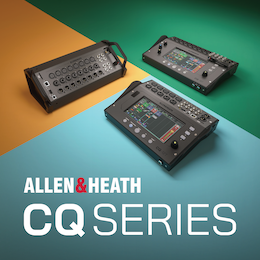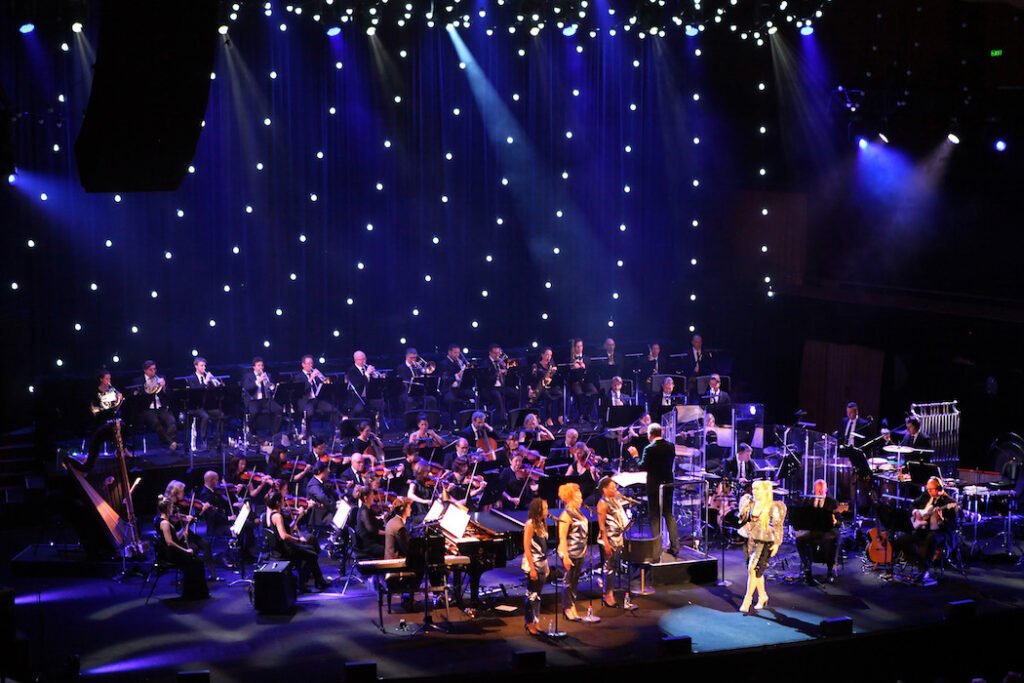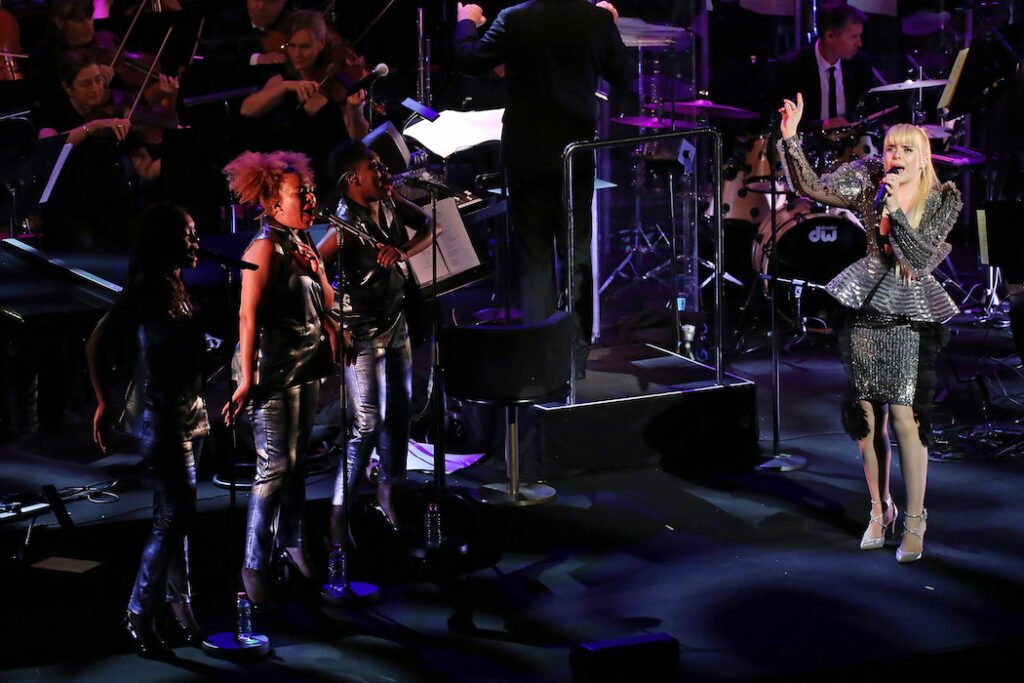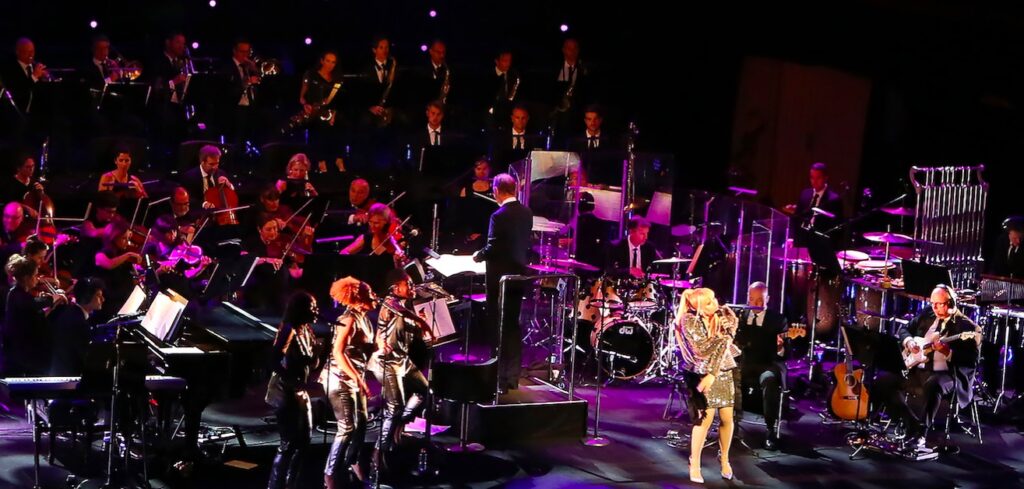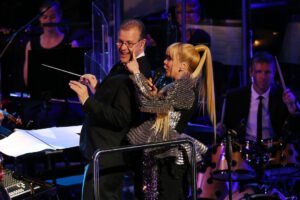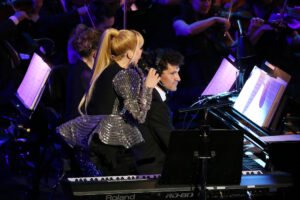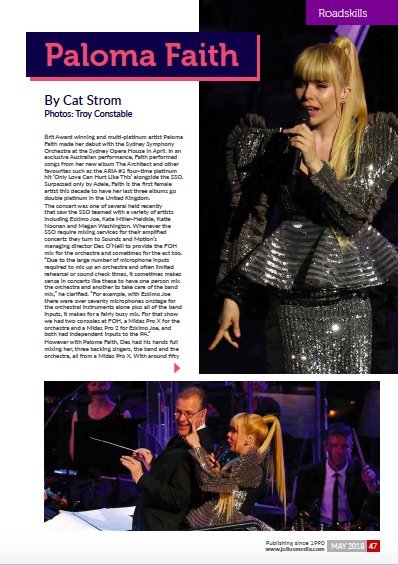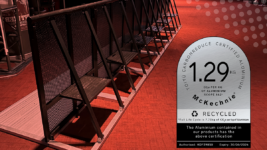Subscribe to CX E-News
Roadskills
Paloma Faith
By Cat Strom
Photos: Troy Constable
Brit Award winning and multi-platinum artist Paloma Faith made her debut with the Sydney Symphony Orchestra at the Sydney Opera House in April. In an exclusive Australian performance, Faith performed songs from her new album The Architect and other favourites such as the ARIA #1 four-time platinum hit ‘Only Love Can Hurt Like This’ alongside the SSO.
Surpassed only by Adele, Faith is the first female artist this decade to have her last three albums go double platinum in the United Kingdom. The concert was one of several held recently that saw the SSO teamed with a variety of artists including Eskimo Joe, Kate Miller-Heidkie, Katie Noonan and Megan Washington.
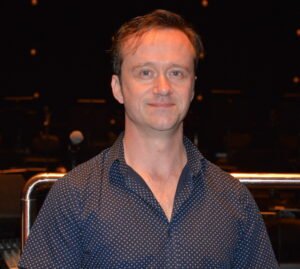
Des O’Neill
Whenever the SSO require mixing services for their amplified concerts they turn to Sounds and Motion’s managing director Des O’Neill to provide the FOH mix for the orchestra and sometimes for the act too.“Due to the large number of microphone inputs required to mic up an orchestra and often limited rehearsal or sound check times, it sometimes makes sense in concerts like these to have one person mix the orchestra and another to take care of the band mix,” he clarified.
“For example, with Eskimo Joe there were over seventy microphones onstage for the orchestral instruments alone plus all of the band inputs, it makes for a fairly busy mix. For that show we had two consoles at FOH, a Midas Pro X for the orchestra and a Midas Pro 2 for Eskimo Joe, and both had independent inputs to the PA.”
However with Paloma Faith, Des had his hands full mixing her, three backing singers, the band and the orchestra, all from a Midas Pro X. With around fifty orchestral musicians and close to eighty mics on stage, it was a lot for Des to wrangle with only one rehearsal.
“Nevertheless, it’s turned out well and sounds great,” he added. “Paloma and her band had specific microphone requirements, Sennheiser Digital 9000 wireless radios with DPA d:facto II capsules, but the rest of the audio set up was standard to these concerts. “The backing vocalists are great and it was easy to get a big, warm sound on them. Paloma’s voice has a lot of range from deep and soulful to really delivering at a high register.”
Along with the Midas Pro X at FOH, Des had Bricasti M7 reverbs for the strings to gain a nicer, more natural sound. He commented that when you’re mixing an orchestra for this type of show, you need to get a lot of gain and close mic’ing the orchestra helps achieve this. Unfortunately orchestra aficionados tend to not like that close up sound so the difficult part is making it sound like an orchestra once you have achieved the required level.
“The Bricasti helps smooth out some of the hardness in the sound you can get from having microphones very close to violins and such,” Des added. “The biggest hurdle when you’re mixing an orchestra with a rock band is getting over the onstage sound of the drum kit as having a rock drummer in the middle of an orchestra results in a lot of spill.
“When you have eighty musicians on stage with eighty instruments plus over 100 microphones that are live at any one time, spill is a huge problem. Consequently the drums are screened from the rest of the band.”
Achieving separation and isolation of the instruments without spill from everything else around them is a huge challenge. Microphone selection and mic focus is key. Guitar amps are generally a problem as are loud vocal monitors. If the band is particularly loud, guitar amps will be placed offstage or behind the drapes just to get them away from the classical instruments and their mics.
For this show, Des used the SOH’s selection of microphones; DPA 4099 for the strings, Sennheiser KMH8040s on woodwinds, Sennheiser MKH40s on percussion, NeumanTLM170 brass and Earthworks PM40 on the grand piano.The in-house d&b PA system was used, which Des says performs well in that space.
Des has been working with the orchestra in this capacity since 2014 and six months in to mixing gigs for the SSO, he decided it would be a good idea to have a consistent monitor engineer. Hayley Forward was brought on-board to try tackle some of the problems that were occurring where the stage sound was affecting the players performance as well as his FOH mix.“It also gives consistency to the players especially as these gigs turn around really fast,” commented Hayley. “It speeds up trying to get them to a happier place!”
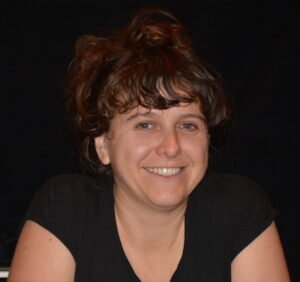
Hayley Forward
In an attempt to try reduce stage sound, Hayley steers away from lots of foldback monitors onstage opting for a sidefill that is assignable upstage, downstage, left and right. “The players don’t necessarily want something turned up loud in their monitors so that its front and centre for them, they just want it raised a tiny bit as they’re used to hearing acoustically,”she added. “That works for a lot of the jobs but when critical monitoring is required, they use IEMs.
“We’ve trialed a whole bunch of different headphones and different ways of operation, and there’s not one solution that has fitted every player in every concert.”
At Paloma’s show the percussionist, pianist, harpist, and Paloma’s band were using IEMs, a common set-up although occasionally the brass section are on IEMs. Strings are rarely on IEMs unless the band is particularly loud and they need hearing protection as well as something to follow. The show had two monitor consoles and operators; as well as Hayley Forward looking after the orchestra on a Midas Pro X, she delivered mixed orchestra stems to Paloma’s monitor engineer, James Neale, for their IEMs.
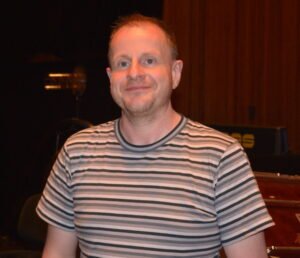
James Neale
James ran a Midas Pro 1 to cater for Paloma and her three backing vocalist’s monitoring, with a few direct lines as well as a few mixes. They all utilised custom JH11 molds with Sennheiser 2000 IEMs. These concerts along with the SSO’s soundtrack concerts such as Star Wars and Harry Potter have been hugely successful in terms of introducing new audiences to the Sydney Symphony.
This article first appeared in the print edition of CX Magazine May 2018, pp.47-48. CX Magazine is Australia and New Zealand’s only publication dedicated to news and issues in the entertainment technology industry. Read all editions for free or search our archive www.cxnetwork.com.au
Subscribe
Published monthly since 1991, our famous AV industry magazine is free for download or pay for print. Subscribers also receive CX News, our free weekly email with the latest industry news and jobs.






